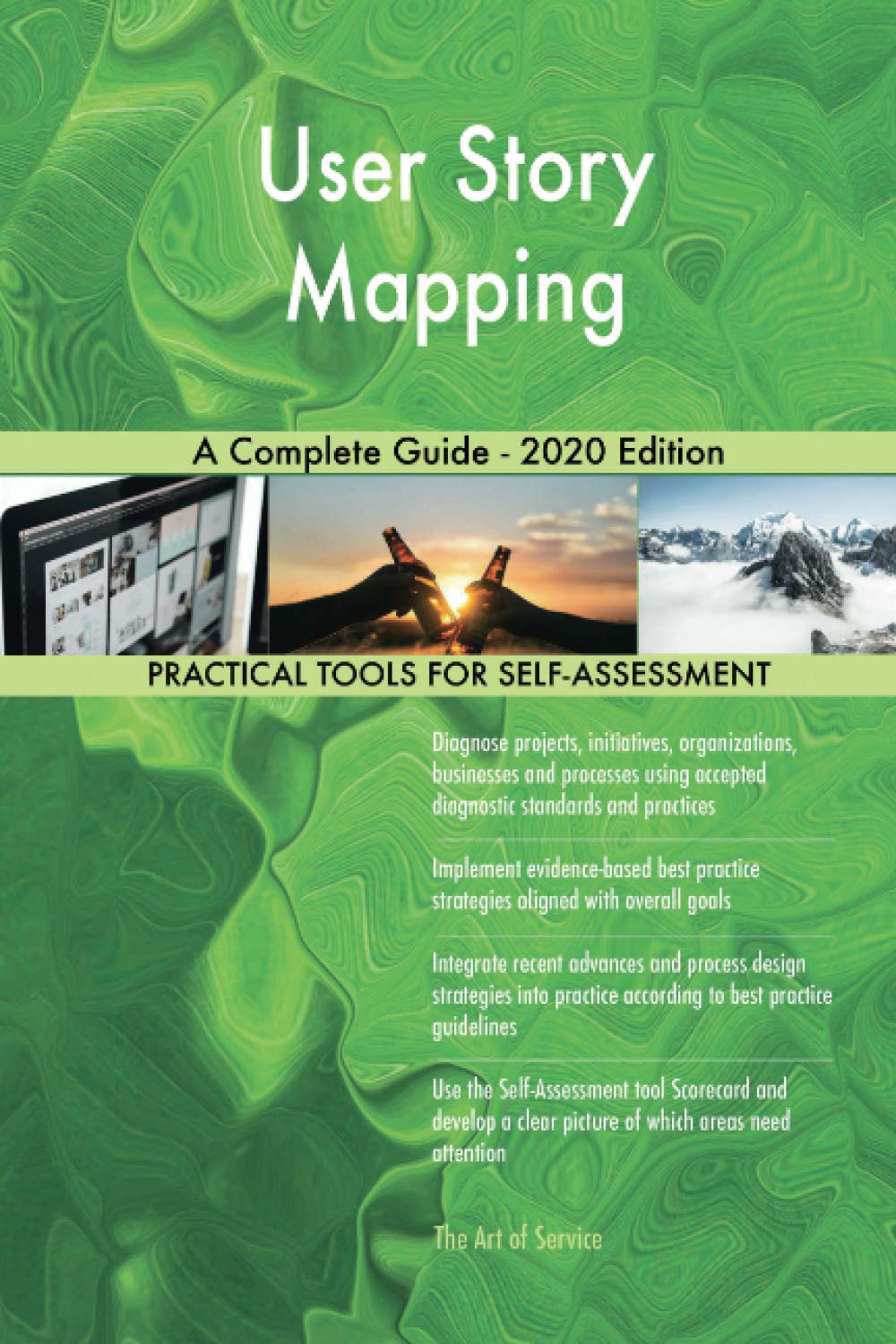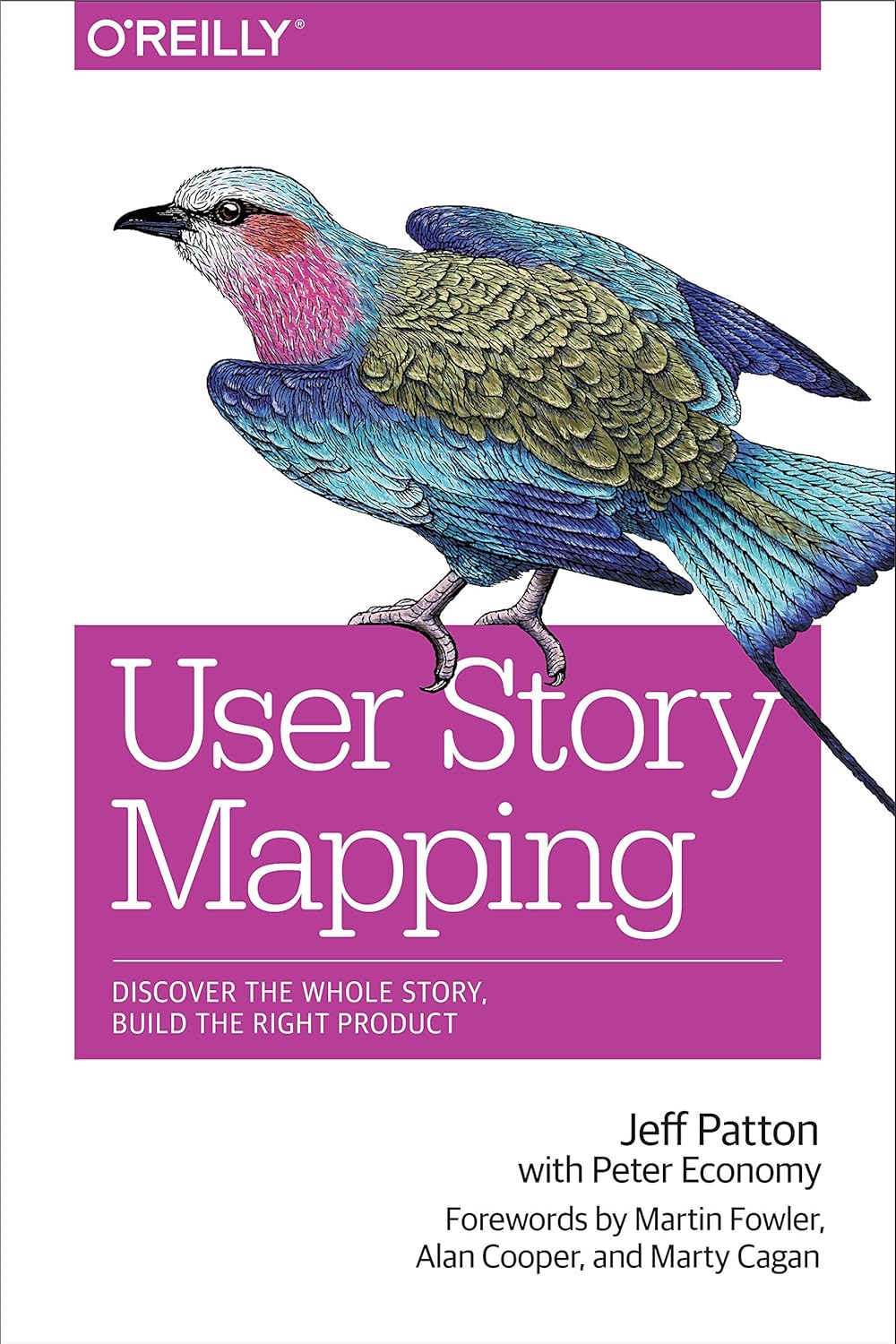
User Story Mapping
What is User Story Mapping (or Story Mapping)?
User story mapping (also known as story mapping) is a collaborative planning technique used to visualize the user journey and break down product features into smaller, manageable tasks. It helps teams understand how users interact with a product and prioritize work based on value and workflow. Developed initially by Jeff Patton, this method creates a visual map that outlines user activities, the steps required to complete those activities, and the supporting user stories needed for implementation.
This approach places the user at the centre of the planning process. Teams typically arrange user stories along two axes: the horizontal axis shows the sequence of user actions, while the vertical axis reflects priority or complexity. The goal is to establish a shared understanding of the product’s functionality, enhance planning accuracy, and ensure that development aligns with actual user needs.
Key Points
- Helps teams visualize and organize product functionality from a user’s perspective.
- Structure user stories into a sequence that reflects the actual user experience.
- Supports better prioritization by identifying high-value and foundational tasks.
- Promotes cross-functional collaboration by involving stakeholders in the mapping process.
- Encourages iterative development by revealing which features form the minimum viable product (MVP).
Related Terms
- The user story is a concise description of a product feature from the end-user’s perspective, typically written in everyday language.
- A product backlog contains all known work items, and user story mapping helps refine and prioritize that list.
- By using the story map, project teams identify the minimum viable product by selecting only the most essential features.
- Agile methodology uses user story mapping to align development efforts with customer value.
- A persona provides a fictional yet realistic profile of a target user, guiding the creation of user stories.
User Story Mapping: Example
A team developing a travel booking app uses user story mapping to outline the customer journey. They identify key activities such as searching for flights, selecting travel dates, and making payments. Under each activity, they list smaller user stories, such as “filter by airline” or “enter passenger details.” This map helps them prioritize core features for the first release while deferring less critical tasks.
User Story Mapping: Best Practices
- Begin with a clear understanding of the user’s goals and behaviours.
- Involve stakeholders from multiple roles, including design, development, and business.
- Use physical or digital boards to facilitate collaboration and visibility.
- Keep the map updated as new insights emerge or priorities shift.
- Focus on delivering value early by identifying and building the MVP first.
Additional Resources
Preparing for a PMI certification?
- Exam Prep Courses: PMP®, CAPM®, and PMI-ACP®
- Exam Simulators: PMP®, CAPM®, PMI-ACP®, PMI-PBA®, PMI-RMP®, PMI-SP®, PgMP®, and PfMP®
- Professional Development Units (PDUs): 15, 30, and 60 PDU Bundles




